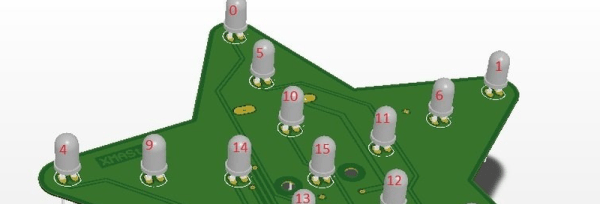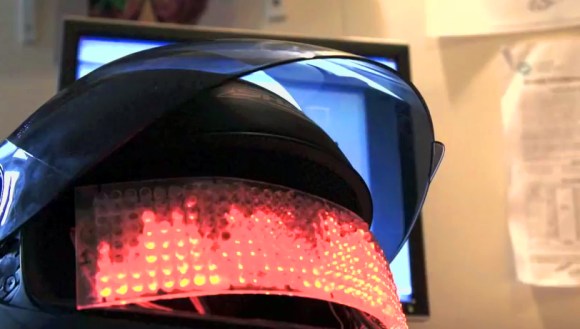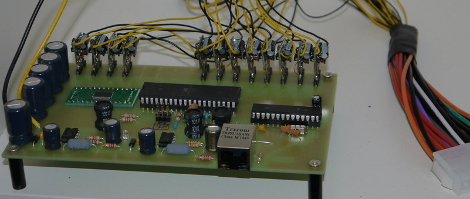It seems that most of the electrical engineering covered on Hackaday concerns exactly one problem domain: how to blink a bunch of LEDs furiously. There are plenty of LED drivers out there, but one of the more interesting in recent memory came from ISSI in the form of a chip that turns I2C into a Charlieplexed LED array. You may have seen this chip — the IS31FL3731 — in the form of an Adafruit LED matrix and some stupid thing some idiot made, but with it you’re only ever going to get 144 LEDs in an array, not enough if you want real blinky bling.
Now ISSI has released a more capable chip that turns I2C into many more Charlieplexed LEDs. The IS31FL3741 will drive up to 351 LEDs in a 39×9 matrix, or if you’re really clever, an 18×18 single color LED matrix.
Features of this chip include reverse/short detection for each individual LED, 8-bit PWM, dimming functions, a de-ghosting feature that guarantees a LED is either on or off, a configurable row/column matrix, and a few other handy tools that you would like to see in a LED matrix driver chip. The most impressive chip in this series will be available for under $2/piece in quantities of 2500, although unlike the IS31FL3731, it appears this new chip will only be available in a QFN package.
Speaking from experience, this is a really great chip for driving a whole boatload of LEDs, provided you have a pick and place machine. Yes, you can hand-solder a QFN and several hundred 0402 LEDs, but I wouldn’t recommend it. I really, really wouldn’t recommend it. That said, this is the perfect chip for maximum blinky bling, and the press material from ISSI gives us the great idea of using one of these chips as the backlight controller for RGB LED mechanical keyboards. That’s a great application, and the chip is pretty cheap, too.
You can check out ISSI’s blinky demo video of this chip below.
Continue reading “New Part Day: I2C In, Charlieplexed LEDs Out”


















